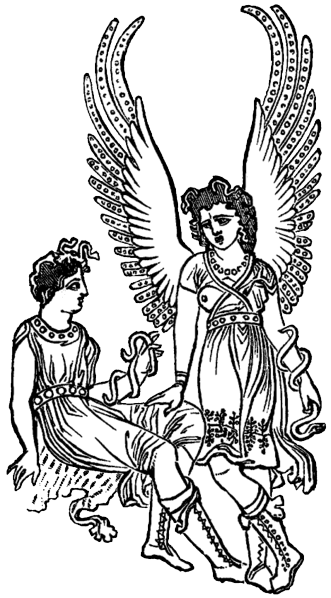Johanna Drucker
Diagrammatic Writing is a poetic demonstration of the capacity of format to produce meaning. The articulation of the codex, as a space of semantically generative relations, has rarely (if ever) been subject to so highly focused and detailed a study. The text and graphical presentation are fully integrated, co-dependent, and mutually self-reflexive.
This small book work should be of interest to writers, bibliographers, designers, conceptual artists, and anyone interested in the meta-language of diagrammatic thought in graphic form.
Special thanks to Iman Salehian for cover designs.
Thanks also to the Banff Art Centre, February 12-18, 2013.
Johanna Drucker is a writer and book artist known for her work in experimental typography. She has published and lectured widely on topics related to the history of the book, contemporary art, graphic design, and digital aesthetics. She is the Breslauer Professor of Bibliographical Studies in the Information Studies Department at the University of California, Los Angeles. Drucker wrote this text during residence at the Banff Art Centre, February 12-18, 2013.

